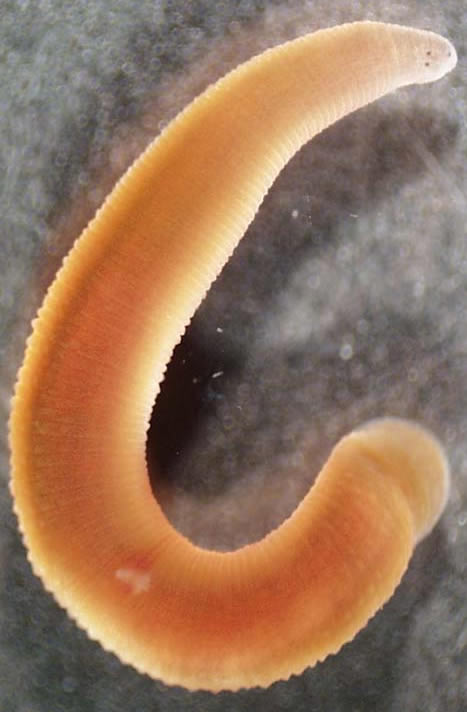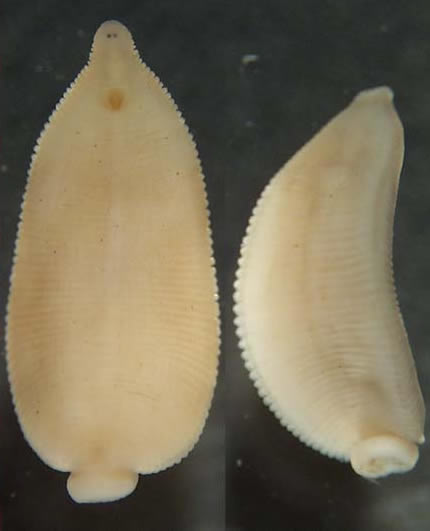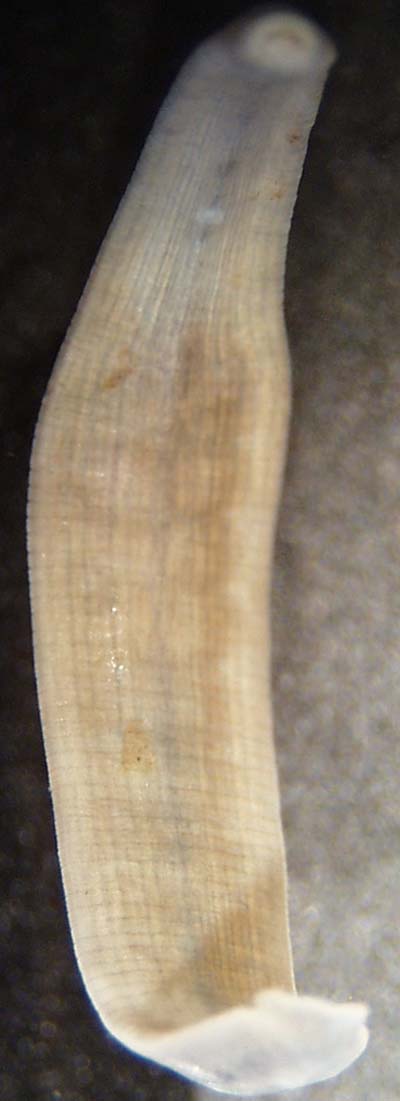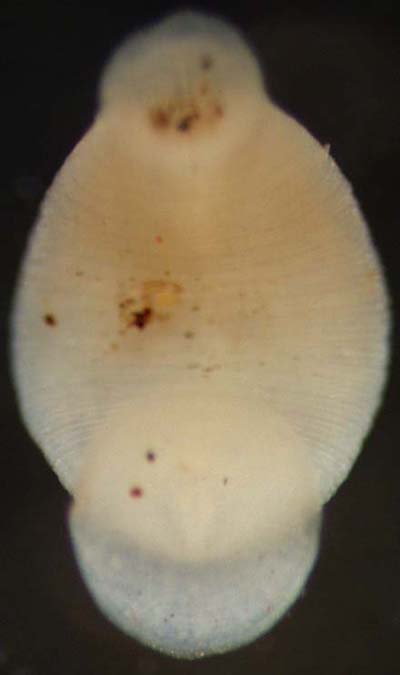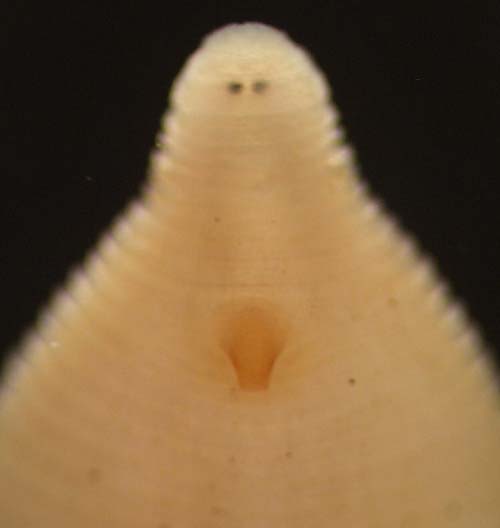
THE XERCES SOCIETY FOR INVERTEBRATE CONSERVATION Aquatic Invertebrates in Pacific Northwest Freshwater Wetlands |
| Identify taxa |
Hirudinea (leeches) |
Hirudinea, commonly known as leeches, is a class in the phylum Annelida. This phylum also includes the Branchiobdellida and Oligochaeta. In Northwest wetlands, you are likely to find leeches in the families Erpobdellidae and Glossophoniidae. Contrary to popular belief, not all leeches are bloodsucking monsters. Most are actually scavengers or feed on other invertebrates. The few that specialize on blood (in the family Hirudinidae) can consume several times their weight, and have been used in medicine for centuries. Medicinal leeches are still used today to promote circulation in skin grafts or reattached body parts. Many leeches prey on other macroinvertebrates or scavenge available organic material. Each family within the Hirudinea includes species that will feed on fish or other animals. Leeches could most easily be mistaken for flatworms (Turbellaria) but come in a greater variety of shapes and sizes. Hirudinea can generally be identified by their highly segmented, usually flattened bodies and by the suckers evident on one or both ends. The suckers are an important feature used for feeding, holding on to substrate or host, or locomotion. Leeches have 34 body segments, but the number appears much greater since each segment often has one or two constrictions. Many also have various numbers of dark eye spots on top of their head and highly patterned bodies. Family list: |
Size: medium to xlarge
|
 |
|
© 2007 Xerces Society
Contact info@xerces.org
